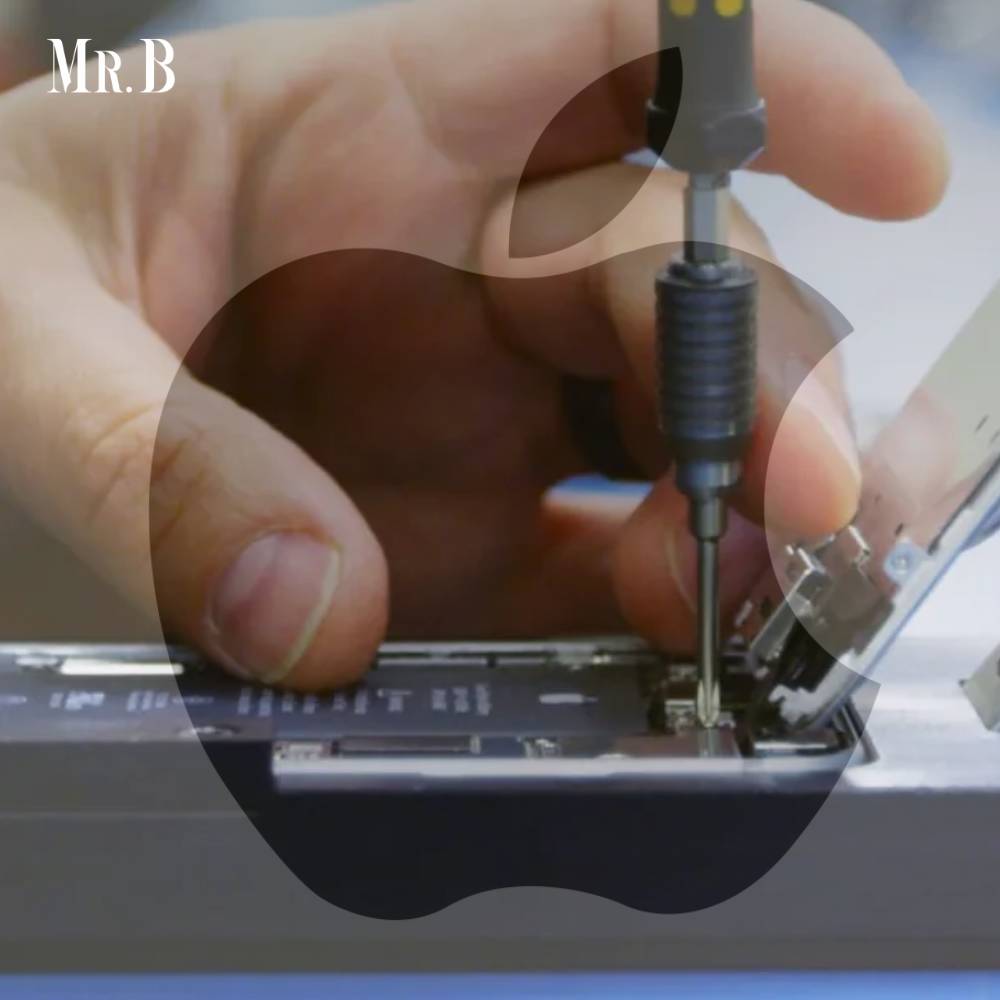Apple’s John Ternus Defends iPhone Parts Pairing as ‘Not Evil’ Amidst Repair Policy Changes
- Category: News

Apple’s latest announcement regarding changes to its repair policy has sparked both intrigue and controversy among tech enthusiasts and consumers alike. The tech giant unveiled that certain iPhone Parts Pairing and repairs can now be conducted using used genuine parts, marking a significant departure from its previous policies. However, amidst these changes, one contentious practice that remains firmly in place is parts pairing.
In a candid interview with TechCrunch today, John Ternus, Apple’s senior vice president of Hardware Engineering, stepped forward to defend parts pairing, categorically stating that it is “not evil.” Parts pairing, a longstanding practice employed by Apple, involves digitally linking the serial number of a component, such as a screen, to the serial number of the iPhone itself. Despite its operational necessity, this practice has faced consistent scrutiny, notably from organizations like iFixit, and has become a focal point for legislative discussions surrounding tech repair regulations.
While Apple has never explicitly termed this practice as “iPhone Parts Pairing” in its public communications, its implementation has remained a core aspect of the company’s repair ecosystem. Ternus emphasized that parts pairing plays a crucial role in ensuring device security and functionality. By tightly integrating components with specific devices, Apple aims to maintain the highest standards of performance and user experience across its product lineup.
Ternus acknowledged the ongoing debates surrounding repairability and consumers’ right to repair their devices as they see fit. He emphasized Apple’s commitment to providing authorized repair options while upholding stringent quality control measures. The decision to allow certain repairs with used genuine parts reflects Apple’s efforts to strike a balance between repair accessibility and maintaining its product standards.
Impacts on iPhone Parts Pairing . Repair Accessibility and Consumer Rights
Critics, however, argue that parts pairing creates unnecessary barriers for third-party repair providers and DIY enthusiasts. iFixit, a prominent advocate for repairability and transparency in the tech industry, has long criticized Apple’s repair practices, including parts pairing. They argue that such practices limit consumer choice and hinder the development of a competitive repair market.
Legislators in various jurisdictions have also taken notice of these issues, with proposals for Right to Repair laws gaining traction in several regions. These legislative efforts aim to mandate manufacturers to provide access to repair manuals, tools, and parts to consumers and independent repair businesses. Parts pairing, along with other restrictive repair practices, has been a focal point in these discussions, highlighting the broader implications for consumer rights and environmental sustainability.
Apple’s stance on parts pairing reflects a broader industry-wide debate on product repairability, ownership rights, and sustainability. While manufacturers emphasize the importance of maintaining product integrity and security through tightly controlled repair processes, consumer advocates stress the need for greater repair accessibility and transparency.
Impacts on Independent Providers and Consumer Access
The recent policy changes allowing certain repairs with used genuine parts signify a step towards addressing some of these concerns. However, questions remain about the scope of these changes and their impact on independent repair providers and consumers seeking affordable repair options outside Apple’s authorized network.
As technology continues to evolve, the intersection of innovation, repairability, and consumer rights will remain a key area of contention and regulation within the tech industry. Apple’s ongoing dialogue with stakeholders, including repair advocates and legislators, underscores the complex challenges and opportunities in creating a more accessible and sustainable repair ecosystem for consumers worldwide.







